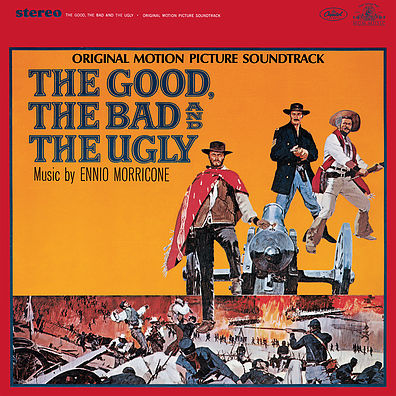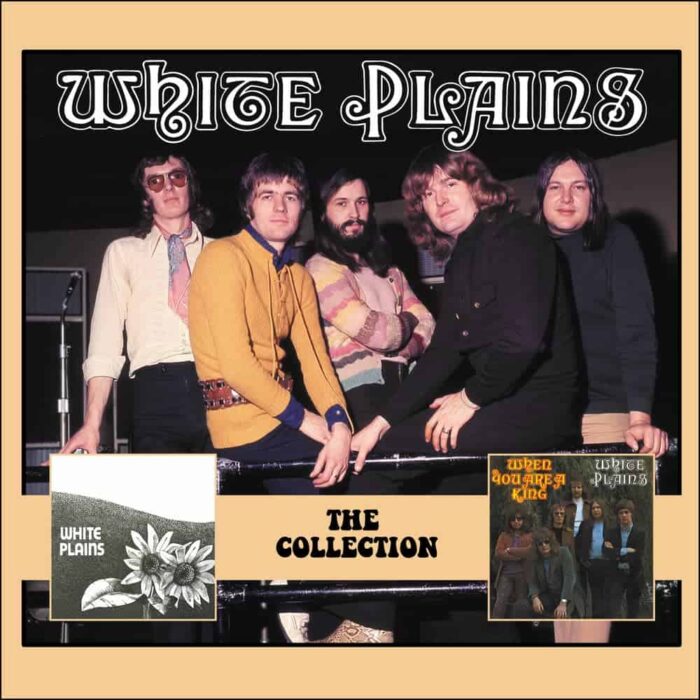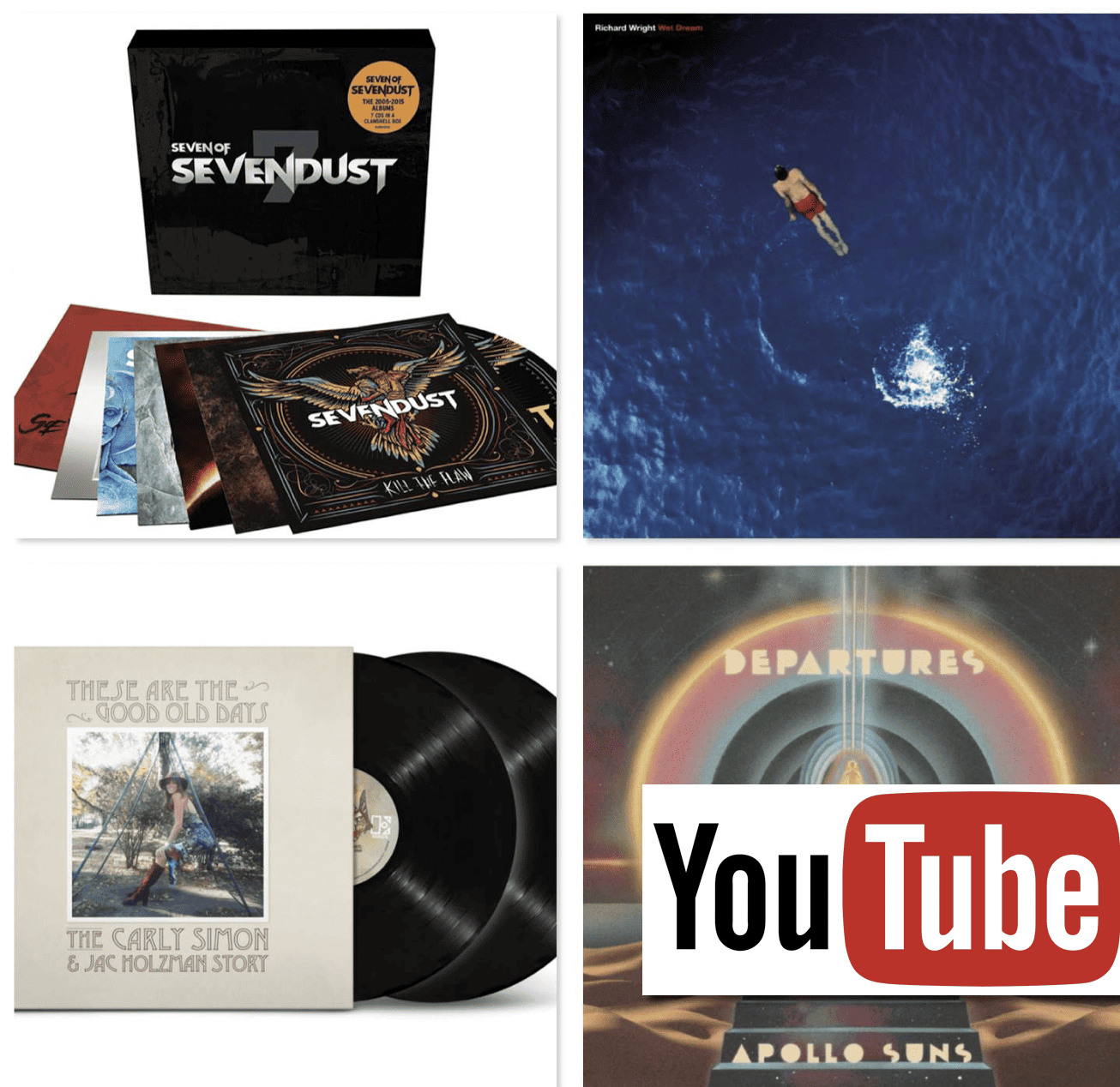The Article
Ennis Morricone’s The Good, The Bad And The Ugly
23rd October 2015

Label: Parade (1960)/United Artists (1967)
Year: 1966
How did it happen? Here we have a seemingly obscure foreign cowboy film. It doesn’t come from the USA, it’s not big budget, it’s packed with English and non-English speaking actors and there’s some odd dubbing going on for English speaking territories. Ok, Clint Eastwood’s in it. But then, plenty of Hollywood stars have featured in obscure films before which have sunk without trace or reputation. Yet the film, the director and the whole genre becomes a massive hit world-wide. Not only that, the soundtrack goes ballistic. The theme of the film creeps into the very fabric of our culture. It’s everywhere. It’s in the charts, it’s on TV adverts, it’s in the office, in the playground, it even becomes part of the acts of several TV comedians.
Born in 1928, in Italy, and a school friend of the film’s director, Sergio Leone, Ennio Morricone is the major film composer of modern times. His CV is staggering, with around 550 film soundtracks to his credit, then there’s the 40 or so TV soundtracks and his theatre work, his additional conductorial roles, his musical director responsibilities and so on.
His work on The Good, The Bad And The Ugly was groundbreaking in many subtle, yet important, ways. His unique vocal arrangements, the use of whip cracks, Sicilian folk instruments, trumpets and the ‘new’ Fender electric guitar – these adventures in sound were widely copied and emulated by other composers. The magic of the soundtrack is that the music lifted visual moments to incredible crescendos which made the music an integral part of the film action, instead of being subordinate to it.
“I come from a background of experimental music which mingled real sounds together with musical sounds,” Morricone said, explaining his decision to integrate his sonic conglomeration, “so I used real sounds partly to give a kind of nostalgia that the film had to convey.”
Morricone also used realistic sounds in a psychological way. With The Good, The Bad And The Ugly, said Morricone, “I used animal sounds – as you say, the coyote sound – so the sound of the animal became the main theme of the movie. I don’t know how I had this idea. It’s just according to your experiences and following the musical avant-garde.”
His choice of music and sounds were carefully arranged, however. Studying the film itself supplied him with ideas that enabled his music to add to the emotion of the moment, “I have to see a definitive cut of the film before I even start thinking about the music, let alone writing it. After seeing the movie I tell the director what my feelings are and what I would like to do. He accepts what I say or discusses it or destroys it. Eventually we have to find a compromise.”
There are many flavours of the soundtrack out now on CD. Broad Morricone compilations feature the principle themes from the film plus many other of Morricone’s works. For example, Once Upon A Time…. The Essential Ennio Morricone Film Music Collection via Silva Screen, is a 2CD career retrospective. In addition, The Very Best Of Ennio Morricone soundtrack CD, from Virgin, offers a similar selection but this time on a single disk. For a complete overview of the film soundtrack itself you will need to look at The Good, The Bad And The Ugly, via EMI. A 21 track CD soundtrack, from EMI, featuring unreleased tracks. An 11 track cut-down version of the CD is also available, notable for still being available on the cassette format, as an import via EMI America from Amazon.
The very best version of the film soundtrack, an Italian Spaghetti western let us not forget, is from Italy itself. Via the soundtrack specialists, Dagored, The Good, The Bad And The Ugly Music By Ennio Morricone – Original Motion Picture Soundtrack presents a selection of music as grand as its title. Available on 180gm vinyl, this double album is held in a superb gatefold displaying large still image scenes from the film with the title: Il Bruno, Il Brutto, Il Cattivo emblazoned within. This Dagored version packs in the same wealthy 21 tracks seen on the EMI CD version – 10 of those have never been released on record before. The record also includes a full credit list including the soloists.


